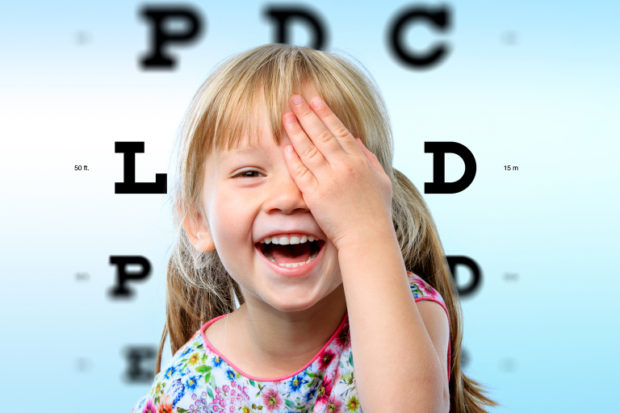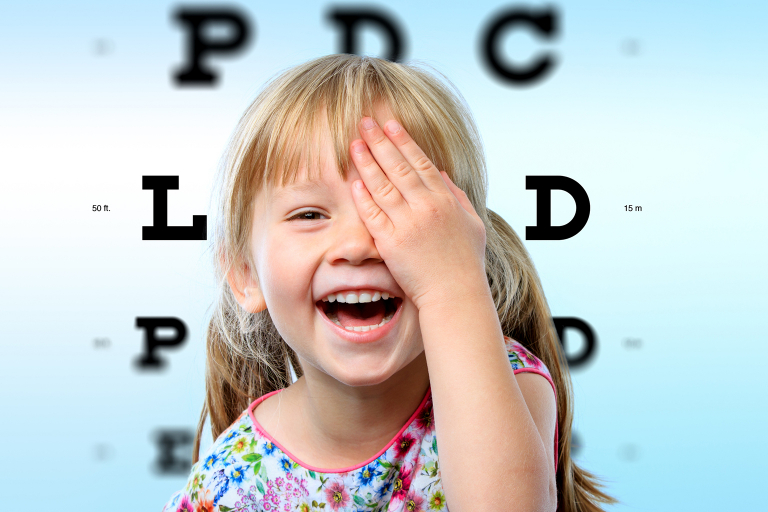
New United Kingdom research has revealed some of the factors that may contribute to a child’s risk of developing myopia, finding that children born in summer and those who spend more time playing computer games have a heightened risk of developing the condition.
The study, by King’s College London, looked at 1,991 twins with an average age of 16.7 years who were all taking part in the long-term Twins Early Development Study (TEDS).
The researchers gathered data on demographic, social, economic, educational and behavioral factors in the twin pairs at various points between the ages of two and 16 years, in order to look at critical stages of child and eye development.
Opticians were asked to provide information about myopia taken from the children’s eye tests, with parents and teachers asked to complete questionnaires to provide information on other potentially relevant factors.
The findings, published in the British Journal of Ophthalmology, showed that overall, one in four (26 percent) of the twins was myopic. The average age at which children with myopia started wearing glasses to correct the condition was 11.
The researchers also found that the factors most strongly associated with the development of myopia were being born during the summer, the number of hours children spent playing computer games and the mother’s educational level.
The team explained that as U.K. children born in the summer months start school at a younger age than those born in the winter months, they also start near work earlier, for instance with books, which may speed up eye growth, causing short-sightedness. More hours playing computer games may also be linked to myopia because of close working, and because more time spent playing games indoors means less time outdoors, a factor that has also previously been associated with an increased risk of myopia.
The results also showed that fertility treatment was associated with a 25 to 30 percent lower risk of developing myopia. The team suggested that as children born as a result of fertility treatment are often born smaller and slightly premature, they may have some level of developmental delay which may lead to shorter eye length and less myopia.
Myopia, also known as short-sightedness or near-sightedness, is a condition in which the eye can’t focus light properly, meaning that close objects look clear but distant ones appear blurred. It can be corrected with prescription glasses or contact lenses, as well as laser surgery, but is linked to a higher risk of visual impairment and sight loss in later life.
The condition is becoming more common, with 4.758 billion people worldwide predicted to be affected by 2050, up from 1.950 billion in 2010.
In a related editorial, doctors from the Singapore National Eye Center, the Center for Eye Research, Melbourne, Australia and the University of Melbourne, pointed out that the study used data gathered before the huge rise in digital media, which may also play a role.
“The increased device screen time (DST) resulting from gaming, social media, and digital entertainment has led to a rise in sedentary behavior, poor diet and a lack of outdoor activity,” they said. “The use and misuse of smart devices, particularly in our pediatric populations, must be closely monitored to address the emerging phenomenon of digital myopia.” KM
RELATED STORIES:













































